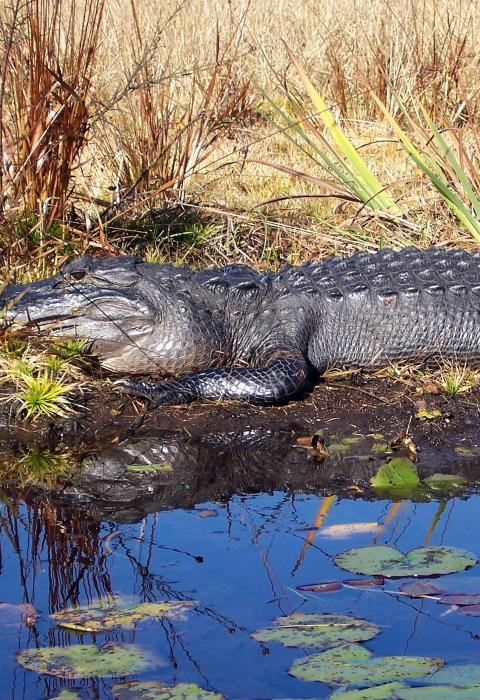In 1993, at the celebration marking the 25th anniversary of the National Wild and Scenic Rivers System, conservation organizations challenged U.S. land management agencies to establish an interagency council to address the administration of our wild and scenic rivers. A few months later, in Portland, Oregon, river planners from the Bureau of Land Management, National Park Service, and U.S. Forest Service met to draft a rough outline of what such a council would look like and what it could do. In April of 1995, heads of these agencies and the U.S. Fish and Wildlife Service, at a ceremony in Washington, D.C., signed the Interagency Wild & Scenic Rivers Coordinating Council Charter. Department of the Interior Assistant Secretaries George Frampton, Jr., and Robert Armstrong, and Department of Agriculture Undersecretary James Lyons then approved the Charter, thereby changing 25 years of managing wild and scenic rivers.
The overriding goal of the Council is to improve interagency coordination in administering the Wild and Scenic Rivers Act, thereby improving service to the American public and enhancing protection of important river resources. The Council addresses a broad range of issues, from management concerns on rivers presently in the national system to potential additions listed on the Nationwide Rivers Inventory, from state designations to the provision of technical assistance to other governments and non-profits organizations.
The Council consists of representatives of the four wild and scenic rivers administering agencies:
- Bureau of Land Management
- National Park Service
- U.S. Fish and Wildlife Service
- U.S. Forest Service
To contact an individual Council member, or to see who your Council members are, here's a List of Council Members.
For more information on the Wild & Scenic Rivers Council or wild and scenic rivers, don't hesitate to contact us at rivers@fws.gov.

